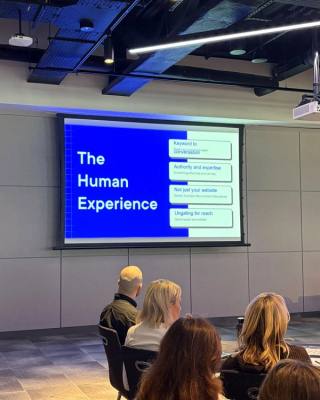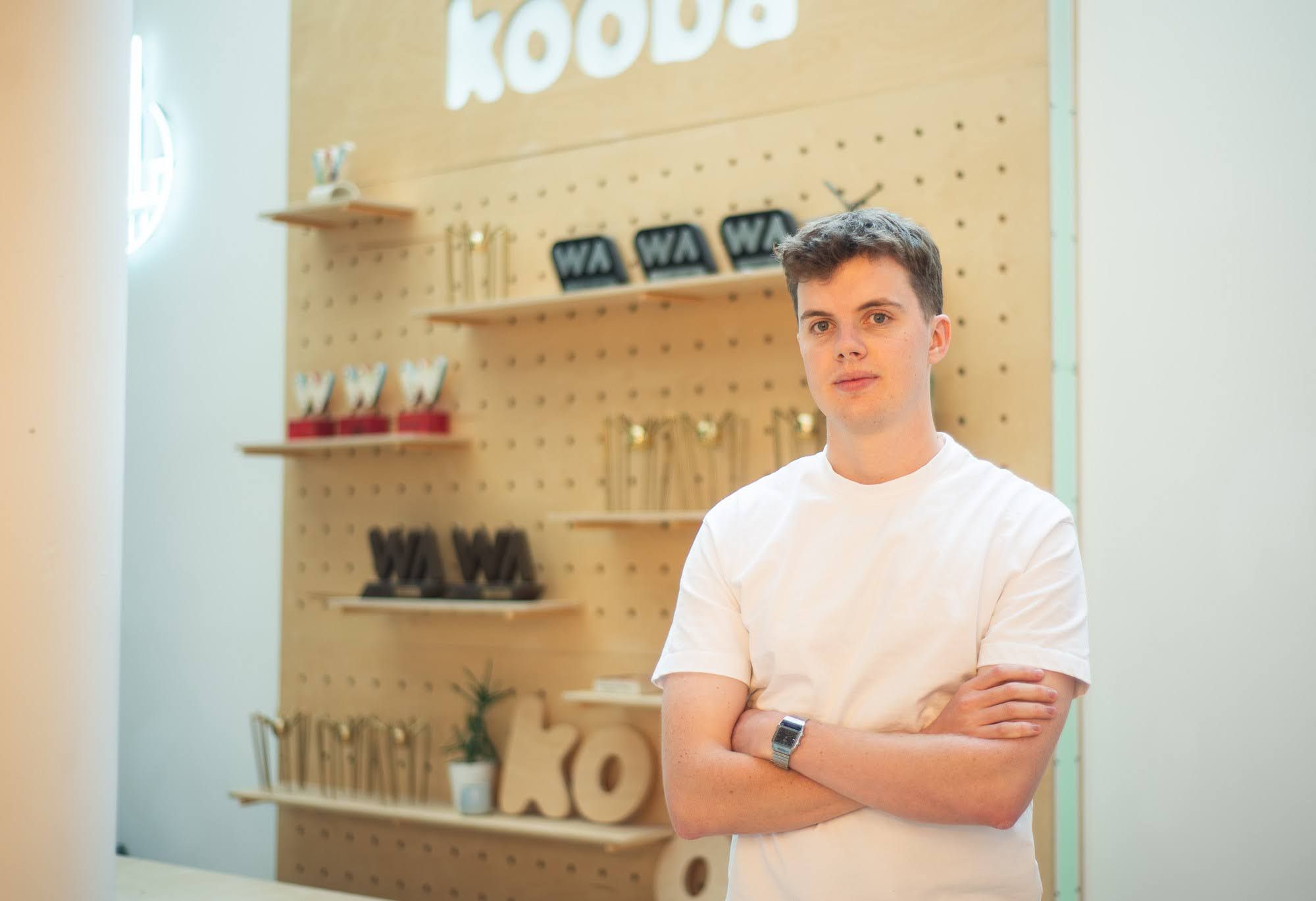It might be a surprise to hear a digital agency admit this, but the real world does actually matter.
Event marketing is nothing new, but it has taken on new importance in recent years. With audiences overwhelmed by constant digital engagement, a return to real-world physical connection provides a refreshing, and effective, change.
The challenge now lies in connecting the success of such an event with the digital experience of your brand, and vice versa. This is where subtle web design comes into play, offering an event experience that extends beyond the day itself, and which is supported by a range of digital resources at every stage.
The new power of physical experiences in 2025
The hype around in-person events is based on hard facts. A recent Fortis study found that 86.4% of event organisers plan to maintain or grow their portfolio of in-person events in 2025, supported by rising attendance and larger budgets. Why? There’s simply no substitute for the connections, energy, and chemistry that physical gatherings create.
If anything, the complete saturation of marketing content across digital spaces makes “real world” events more attractive than ever. While digital tools have their place, particularly in pre- and post-event stages, they shouldn’t aim to replace these interactions. Instead, they should focus on making in-person events more accessible, engaging, and efficient.
Why web design matters for event marketing
That said, web design still plays a crucial role.
The success of an event depends on how well attendees can engage with the experience, from discovery to follow-up. A strategically designed event website acts as the backbone of this process, becoming the primary touchpoint for attendees to get information, interact with content, and prepare for the event.
Here’s how thoughtful web design plays a critical role in event marketing:
1. The first impression
Your event website is the first "hello" to your audience. A well-designed landing page communicates credibility and assurance, setting the stage for what’s to come. Your website is the storefront of your event, captivating the audience at a glance and making them want to walk in.
2. Seamless attendee experience
When navigating schedules, booking tickets, or reaching speakers, attendees crave simplicity. Clear navigation, interactive elements, and on-the-go accessibility (particularly via mobile devices) enhance ease of use while building attendee interest.
3. Opportunities for pre-event engagement
Great web design anticipates and invites participation. Tools like pre-event surveys, content previews, or discussion boards prepare attendees for meaningful discussions while generating excitement. These can also serve as data-collection channels, helping to streamline logistics and organisation.
4. Post-event impact
The work doesn’t stop once the event ends. Your website can support downloadable content, attendee insights, and session recordings to prolong value and keep your audience engaged even after the curtains are drawn.
Case study spotlight: Bord Bia Gather
To see a concrete example of how Kooba have facilitated face-to-face marketing events, take Bord Bia Gather, an exclusive international conference hosted by Bord Bia in 2024. The event aimed to bring together food industry leaders, and it succeeded in creating a world-class experience by pairing a physical event with a meticulously designed digital platform.
What worked
To elevate the event, Bord Bia approached Kooba to create a bespoke website. The platform combined sleek aesthetics with functionality, offering tools like:
- Interactive schedules to help attendees plan their day and manage their time with ease.
- Curated attendee profiles to encourage networking and facilitate connections by offering key details about other attendees before the event even started.
- A pre-event survey to give organisers insights that shaped discussions, content delivery, and overall event focus.
The outcome
With over 364 unique users logging 700 active sessions, the digital platform significantly boosted engagement and interaction. Visitors consistently spent over four minutes per session exploring the site, reflecting its value and usability. This collaboration between Bord Bia and Kooba redefined the attendee experience, and proved that a carefully integrated digital strategy can enhance and support physical events.
Digital-physical event marketing
Mixing physical and digital marketing campaigns is always complicated, and understanding the balance between the two is crucial for successful outcomes. Here’s how to make a website work for, not against, your event:
1. Focus on the physical
Recognise the irreplaceable value of in-person touchpoints. Craft your event concept around the energy and interactions only physical spaces can offer, using digital tools to amplify, not overshadow, that experience.
2. Leverage technology
Use your event website to streamline the attendee experience and facilitate meaningful engagement. Features like real-time updates, community platforms, and scheduling tools add value without stealing the spotlight.
3. Prioritise attendee-centered experiences
Make sure every layer of your design, from pre-registration to post-event follow-up, prioritises user needs. The smoother their experience, the more deeply they’ll connect with your brand.
4. Tell a story
Whether someone visits your website, reads an email, or walks into the event itself, the tone should remain consistent. Each touchpoint should reinforce why the event matters and why it’s worth their time.
Working together
For event marketers, the goal is to deploy a website that complements the magic of face-to-face engagement, not to replace it. Done right, your website can transform your event from a one-day gathering into a shared, ongoing story that leaves lasting impressions long after the lights go down.
If you need an agency that understands exactly how to support, not supplant, your event experiences, just get in touch with Kooba today.









